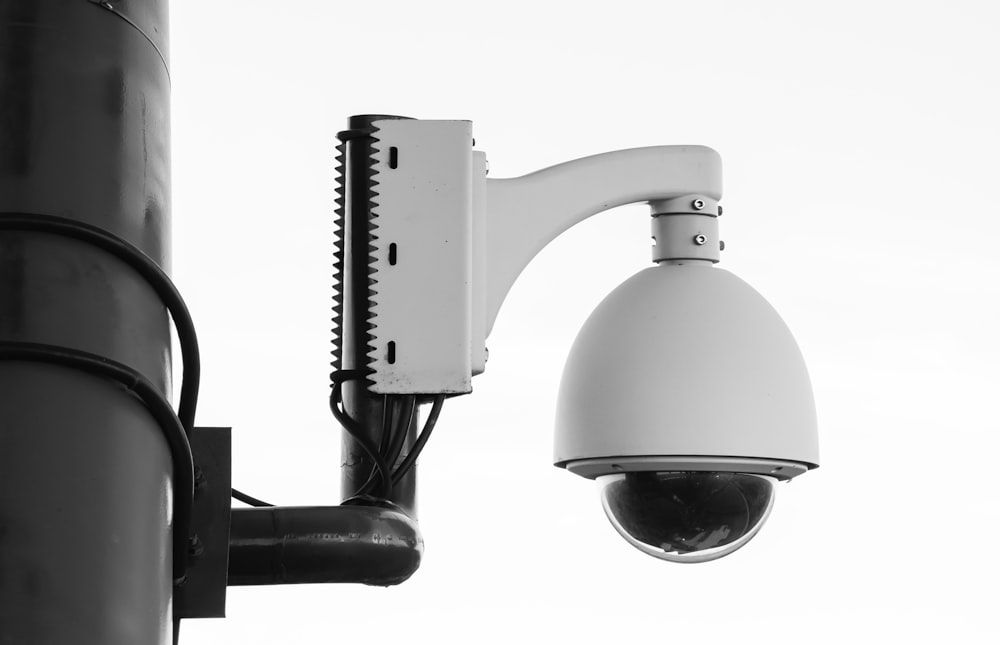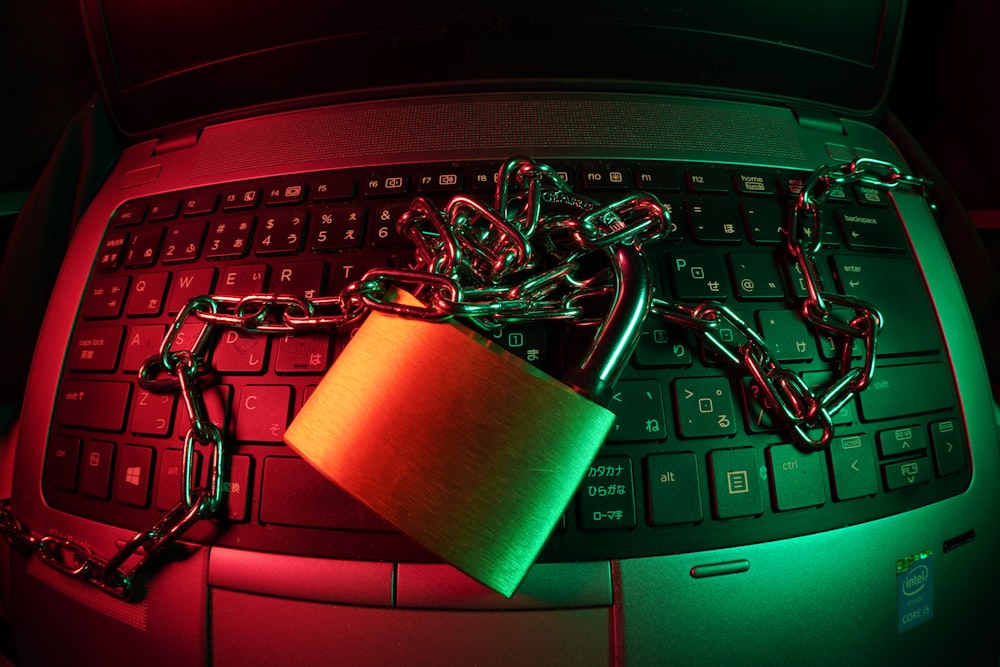10 Trends In Commercial Building Security

Photo by FLY:D @ unsplash
Security in a commercial building is perhaps the most crucial component of owning such a property. It attracts new tenants to the building while retaining the existing ones by promising a safe working environment.
Therefore, you must invest in modern security technologies and systems such as biometric access control to mitigate exposure risks of attacks or breaches. But before buying any security equipment, it's prudent to research and consult security experts, such as Winnipeg security company. It'll help you to save time and money and install a foolproof security system for your commercial building.
Are you wondering what security options to add to your protective program for a commercial building? Below are ten trends to consider.
Access Control
Access to workstations in commercial buildings should be limited to authorised staff. It's one way managers are protecting company-sensitive information and assets from cyberattacks or internal sabotage. Staff should undergo induction training to learn how to use access control systems and the potential security risks in the building.

So, access control for commercial buildings is the first point of concern that most owners must consider. It relies on the systems' credentials to permit users to enter and exit the buildings. Also, it enables you to shepherd users' activities, such as access to office space or workstations while in the building.
People with authorised access can use intelligent devices to validate their identity to unlock doors, cabinets, and parking spaces. The underlying technology has a multi-factor authentication feature compatible with mobile phones. It accepts several configurations to support the access control function.
Cameras And Video Surveillance
You must have sight of your staff and assets at all times. The security manager can always brief the top management by collecting information from camera recordings and enhancing security for your staff and assets.
Cameras allow real-time monitoring and tracking of activities in commercial buildings. They help security teams to be proactive when running security operations other than reacting to breach incidences.

It helps to eliminate blind spots in commercial buildings and get quality footage of events. In addition, camera and video surveillance allow you to record and store footage for future reference. However, mounting the camera is a challenging task that needs a consolidated effort of security professionals and IT technicians.
Alarms Systems
Commercial building users need to feel safe when conducting their businesses at all times. For that reason, managers must provide ways to communicate emergency events to safeguard persons and assets in commercial buildings.
Alarm systems are helpful tools for the detection and notification of intrusion or a breach in commercial buildings. Security teams can react to sirens and deploy the necessary support to users and property within the building.
The alarm system installations are primarily on doors, windows, and cabinets, and they're connected via electromagnetic mechanisms. However, there's no limit to stationing alarm systems, and you must consider your detection and notification needs.
Building Sensors
Building sensors have almost similar functions as alarm systems but may differ in placement in commercial buildings. They detect contact and prompt notification to security and emergency teams for further reactions.
The building sensors installations can be integrated into the security control and surveillance systems to simplify security management. Currently, business use several technologies, such as infrared and laser, among others, to enhance security services. Managers can conduct safety audits and communicate the building sensors' status for staff awareness. It’ll help to reduce security risks at workstations while protecting company assets.
Emergency And Fire Safety Systems
Commercial buildings must have emergency and fire safety systems as a requirement by the government. It shows preparedness for safety matters, such as fire, that can take time to notice. Building users must, however, learn the emergency and fire safety protocols to ensure their safety while using the facilities.

So, commercial building owners must consider installing fire switches and alarms in facilities. In addition, there should be a fire safety procedure to direct building users whenever a fire breaks out. A safety team should be constituted by management to run safety drills with building users involved. It’ll help to learn what actions to take when an emergency occurs.
Cybersecurity Systems
Technological advancements are fast changing in this digital age, and its challenging security provision programs. They make commercial space vulnerable to attacks that can cripple business operations through information theft. Managers are aware of these changes and are spearheading staff training on cybersecurity programs to combat threats.

Attackers find it hard to break through the security provisions backed by modern technology, such as anti-viruses for computer networks. Commercial buildings with a sophisticated network are installing countermeasures for protection. Smart building devices are in use, and they can detect intrusion and alert security teams to swing into defensive action. In addition, the cybersecurity systems coordinate several functions, including data safety and building traffic management, among others.
Read more: How To Build A Culture Of Cybersecurity For Your Business
Gate Access Systems
Visitor management systems (VMS) are crucial to commercial building security provision. It helps to prevent theft, vandalism, and other security threats. Retail building security providers consider gate access systems as the first line of defence for the facility. So, they encourage managers to book their visitors in the security systems in advance as a control and verification measure.
Building users can expect to face identification verification procedures at the point of entry and may only get in once cleared. Bollards and turnstiles are the popular installations that most commercial buildings have for security checks to manage vehicles and pedestrians, respectively.
Automated Building Management
Automated building management is a control system that encapsulates building utility functions. It allows you to moderate the use of essential services, such as lighting, air conditioning, ventilation, and heating. Such provisions can be integrated into security operations for management and building maintenance. Luckily, you can automate building management through smart devices at your convenience.
Managers have identified this trend as a cost-cutting strategy that’s well-managed through the security department. It eliminates waste in processes and also provides safety to commercial building users.
Hygiene Based Technology
COVID-19 restrictions added more responsibilities to commercial building security. It opened doors to more chokepoints that aim to test commercial building users before allowing them access. Security providers needed to safeguard their health and safety while at work.
It meant readjusting the working schedule to conform to safety requirements for many commercial building users. The security teams resort to using artificial intelligence to perform tasks that put them at risk of contracting the deadly coronavirus. Building management is still enforcing the health and safety provisions by encouraging staff to sanitise their workstations and tools of the trade.
Going Cloud-based
Manual logs of security data are fast becoming obsolete in commercial buildings. Security teams are migrating to cloud-based technology to reduce contact with building users. It affects selected security services, such as data collection, already leveraging digitisation changes.

However, training and development are integral to cloud-based migration when providing security in commercial buildings. It makes building users vulnerable to attacks that can damage their businesses and profits. The exposure risks also increase as people find loopholes in the cloud-based space. Managers are creating branches of data management to divert pressure from data centres to restore or recover from breaches by hackers.
Explore: How Technology Is Transforming Business
Final Thoughts
The trends in commercial building security are fast changing how people relate to safety matters. People can expect the integration of technology systems to streamline security provisions when accessing commercial buildings. However, it's a continuous process that needs a critical review of the protection needs and risks available in the building. The security service providers also have to upskill their teams to be conversant with the changes. It'll save time and money deploying security programs for commercial building users.
Be sure to check out the media below:
Leaderonomics.com is an advertisement-free website. Your continuous support and trust in us allow us to curate, deliver and upkeep the maintenance of our website. When you support us, you enable millions to continue reading for free on our website. Will you give it today? Click here to support us.
Functional
David Stalzer enjoys writing informative tech articles. He has robust qualities, such as a passion for producing original content for articles about information technology. David is forever looking to impress and inform readers with concise masterpieces and is confident about his writing skills. When not writing, he enjoys working out in the gym, playing rugby, and having fun with his family.





